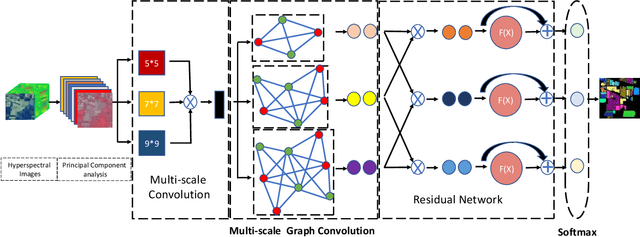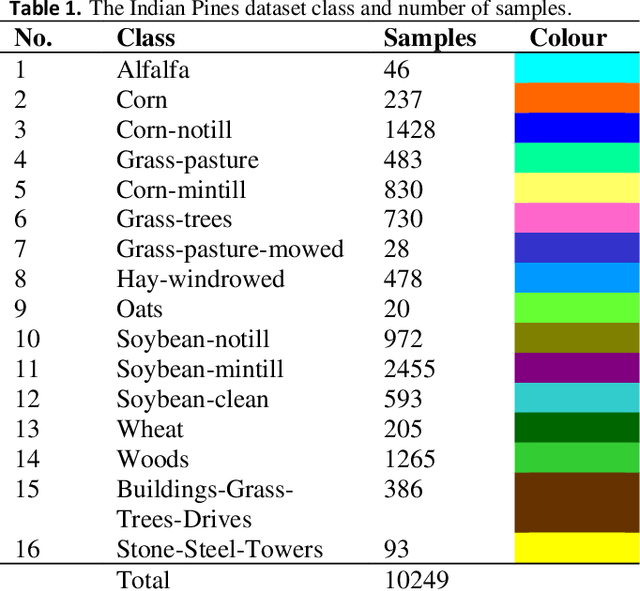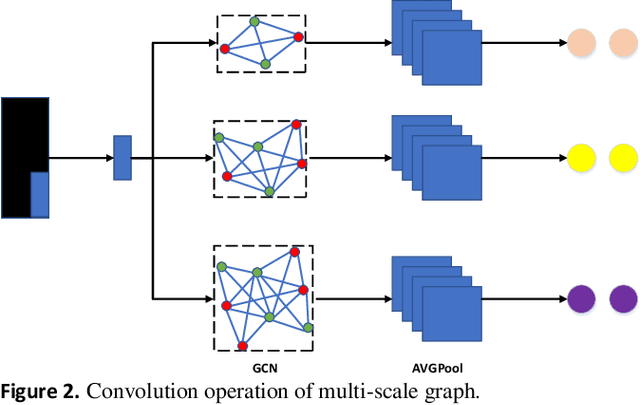Yunsong Zhao
A Dual-domain Regularization Method for Ring Artifact Removal of X-ray CT
Mar 15, 2024



Abstract:Ring artifacts in computed tomography images, arising from the undesirable responses of detector units, significantly degrade image quality and diagnostic reliability. To address this challenge, we propose a dual-domain regularization model to effectively remove ring artifacts, while maintaining the integrity of the original CT image. The proposed model corrects the vertical stripe artifacts on the sinogram by innovatively updating the response inconsistency compensation coefficients of detector units, which is achieved by employing the group sparse constraint and the projection-view direction sparse constraint on the stripe artifacts. Simultaneously, we apply the sparse constraint on the reconstructed image to further rectified ring artifacts in the image domain. The key advantage of the proposed method lies in considering the relationship between the response inconsistency compensation coefficients of the detector units and the projection views, which enables a more accurate correction of the response of the detector units. An alternating minimization method is designed to solve the model. Comparative experiments on real photon counting detector data demonstrate that the proposed method not only surpasses existing methods in removing ring artifacts but also excels in preserving structural details and image fidelity.
Hyperspectral Remote Sensing Image Classification Based on Multi-scale Cross Graphic Convolution
Jun 28, 2021



Abstract:The mining and utilization of features directly affect the classification performance of models used in the classification and recognition of hyperspectral remote sensing images. Traditional models usually conduct feature mining from a single perspective, with the features mined being limited and the internal relationships between them being ignored. Consequently, useful features are lost and classification results are unsatisfactory. To fully mine and utilize image features, a new multi-scale feature-mining learning algorithm (MGRNet) is proposed. The model uses principal component analysis to reduce the dimensionality of the original hyperspectral image (HSI) to retain 99.99% of its semantic information and extract dimensionality reduction features. Using a multi-scale convolution algorithm, the input dimensionality reduction features were mined to obtain shallow features, which then served as inputs into a multi-scale graph convolution algorithm to construct the internal relationships between eigenvalues at different scales. We then carried out cross fusion of multi-scale information obtained by graph convolution, before inputting the new information obtained into the residual network algorithm for deep feature mining. Finally, a flexible maximum transfer function classifier was used to predict the final features and complete the classification. Experiments on three common hyperspectral datasets showed the MGRNet algorithm proposed in this paper to be superior to traditional methods in recognition accuracy.
GP: Context-free Grammar Pre-training for Text-to-SQL Parsers
Jan 25, 2021



Abstract:A new method for Text-to-SQL parsing, Grammar Pre-training (GP), is proposed to decode deep relations between question and database. Firstly, to better utilize the information of databases, a random value is added behind a question word which is recognized as a column, and the new sentence serves as the model input. Secondly, initialization of vectors for decoder part is optimized, with reference to the former encoding so that question information can be concerned. Finally, a new approach called flooding level is adopted to get the non-zero training loss which can generalize better results. By encoding the sentence with GRAPPA and RAT-SQL model, we achieve better performance on spider, a cross-DB Text-to-SQL dataset (72.8 dev, 69.8 test). Experiments show that our method is easier to converge during training and has excellent robustness.
 Add to Chrome
Add to Chrome Add to Firefox
Add to Firefox Add to Edge
Add to Edge